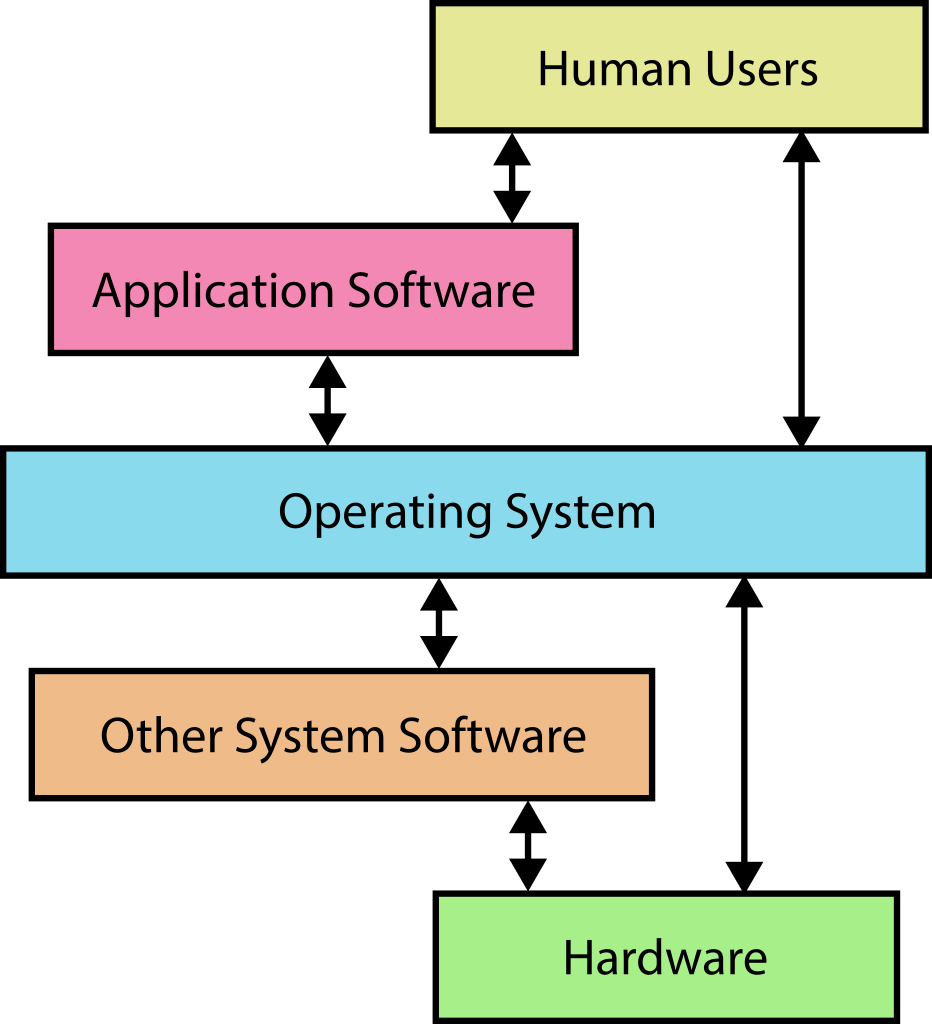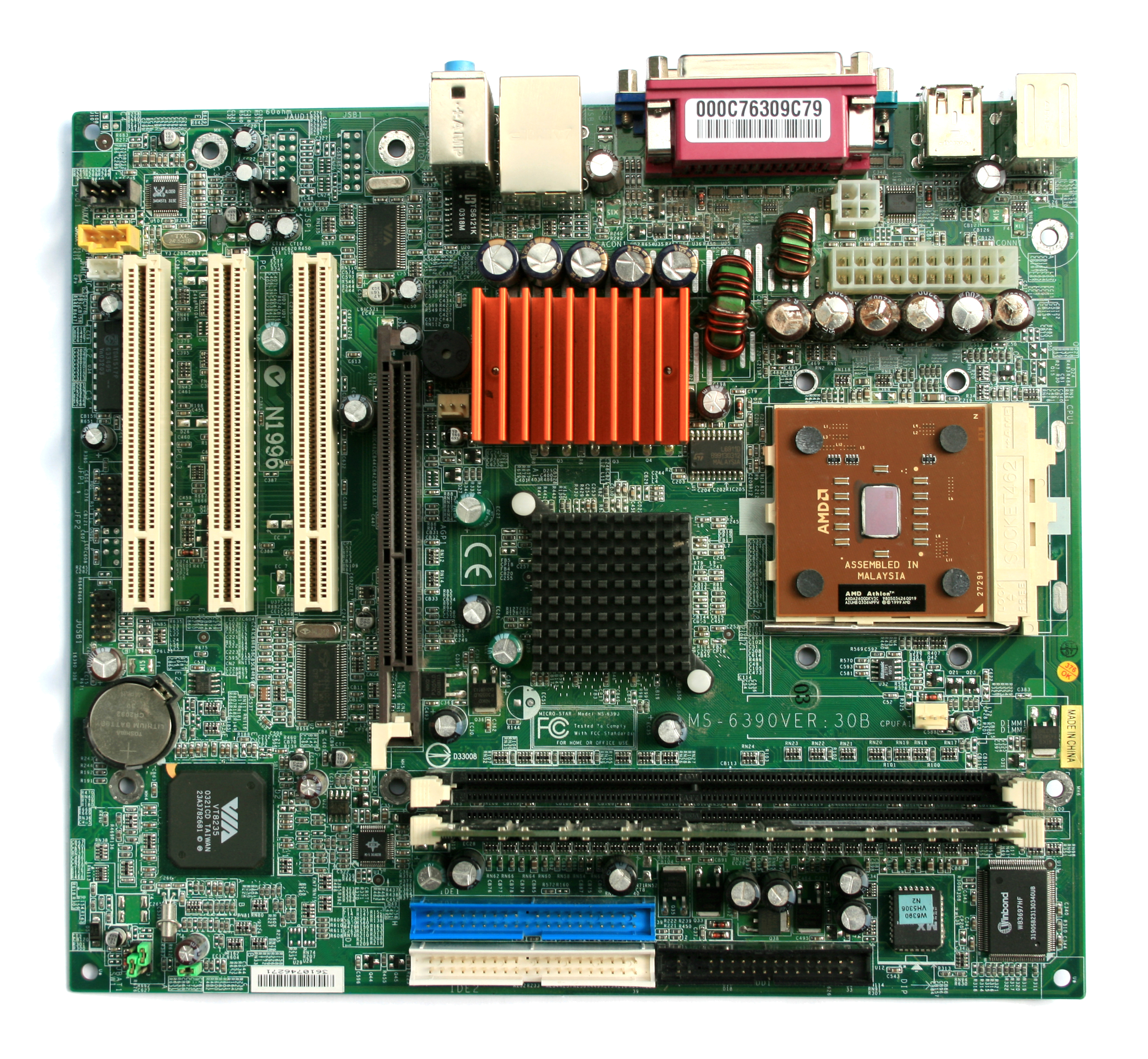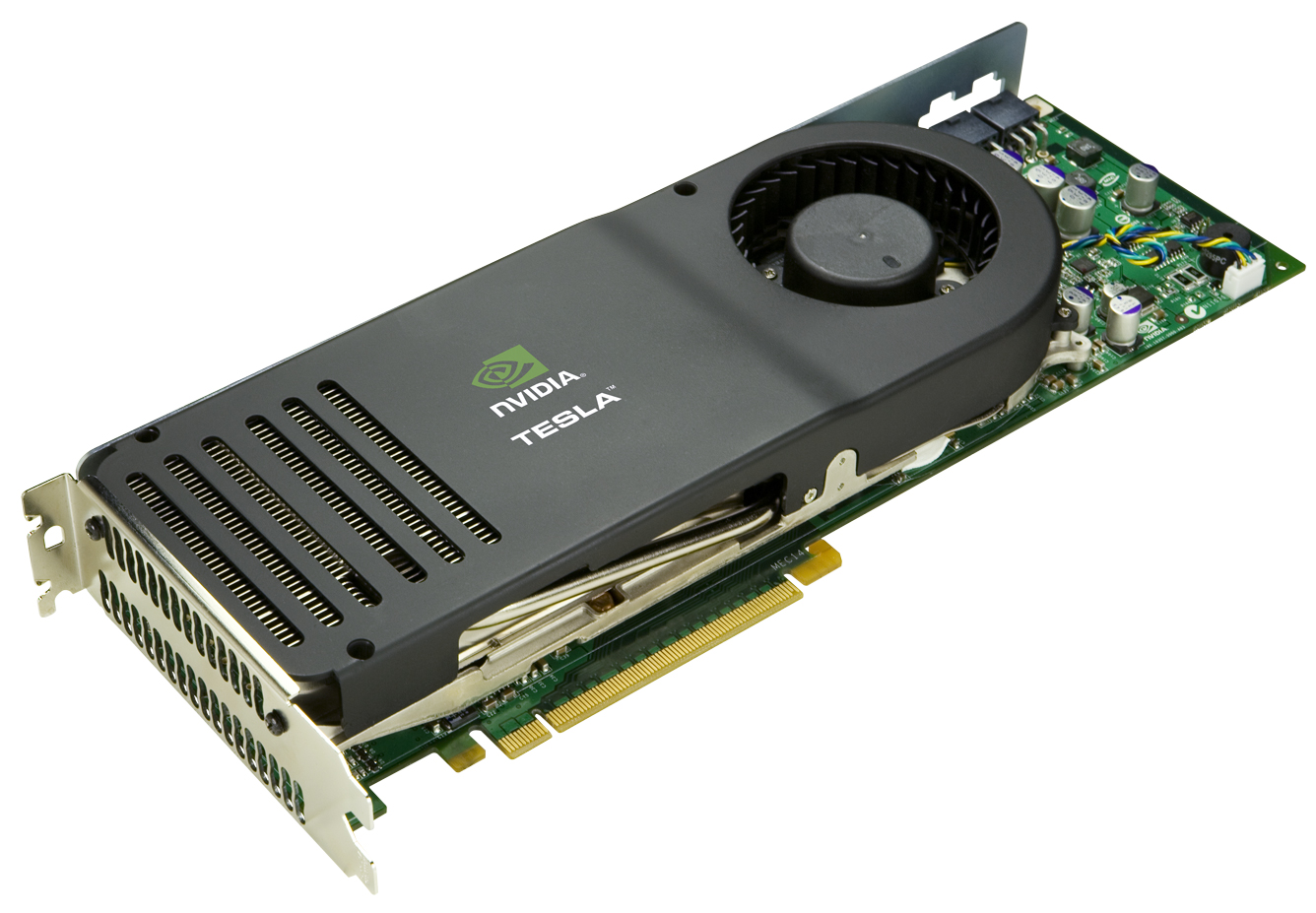Software
Operating System
Windows (Vista, xp, 7, 8, 95, 98) installed on PC with a license
Linux (Ubuntu, red hat, raspberry OS) Linux is free and open-source
IOS - iphone tablets, watches
Android - phones tablets, kindle
Mac OS - Apple mac
Blackberry OS - blackberry phones, tablets
Unix - specialist machines
Purpose
User interacts with the OS and the OS interacts with the hardware and vice versa
The OS uses a GUI (Graphical User Interface)
CLI (Command Line Interface)
Applications
Applications do everything else you may want.





